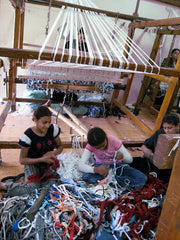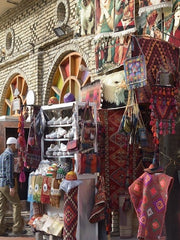i-care community
Kibera, Kenya
Kibera in Nairobi is the largest informal settlement in Kenya, and the second largest in Africa. Kibera covers an area of 2.56 km and is home to approximately 800,000 people, a quarter of Nairobi’s population (Kaiganaine, 2009) . The people of Kibera are mostly tenants and young migrant workers who have been drawn to the city in search of work. Despite this, there is widespread unemployment of up to 80% among the youth (People of Kibera, 2010). Housing shelters are of low-quality, temporary construction materials. Households commonly share a room of three by three meters. Water and sanitation infrastructure is extremely poor with open sewers, contaminated water pipes and no formal system for waste management. Kibera has virtually no engineered road pavement or transportation infrastructure. Electricity is rare and connections are often illegally tapped into. Volatile food prices due to drought, floods, famine and political unrest have imposed a state of prolonged food crisis. Further, Kibera’s land is officially government owned and the residents are considered squatters. Therefore health care, clean water and sanitation infrastructure, education, security and other public services are not readily accessible.
Despite the majority of residents living in poverty, there is a good sense of community and a thriving informal economy. The general feeling among the residents is that they are very keen on sustainable urban development and hope soon to realize their dreams of a better future in Kibera. Please assist in supporting and sustaining the efforts of the people of Kibera.
References
Cronin, V. (2011). Alternative approaches to upgrading in Kibera. Urban Design and Planning, Volume 164, Issue DP2






